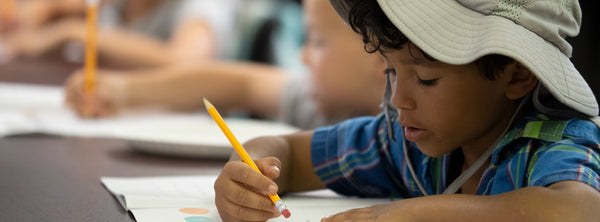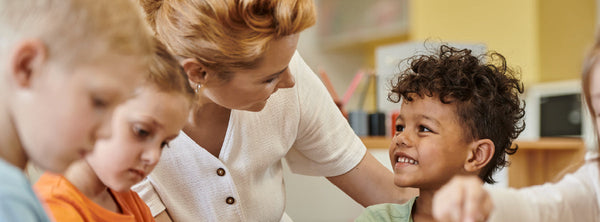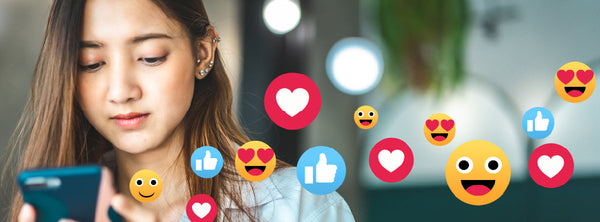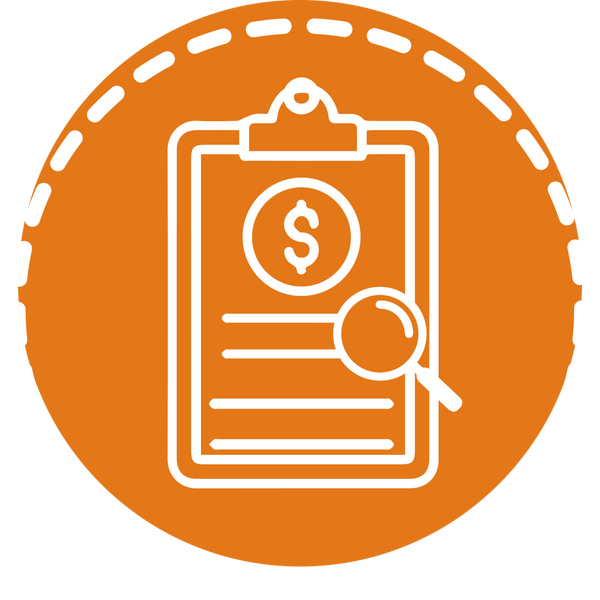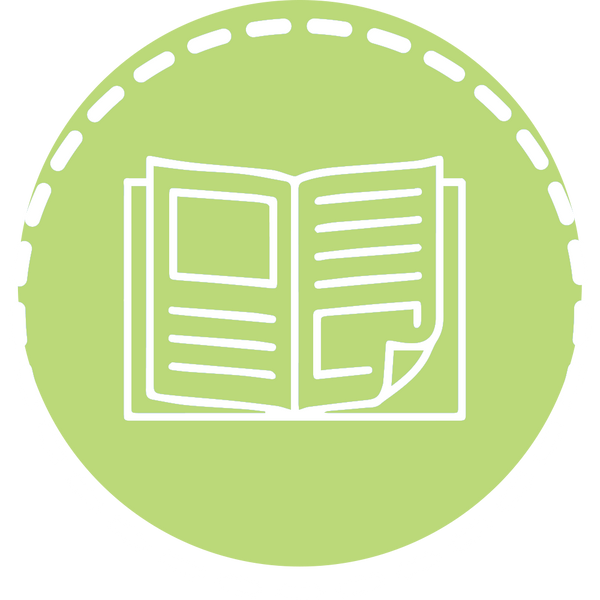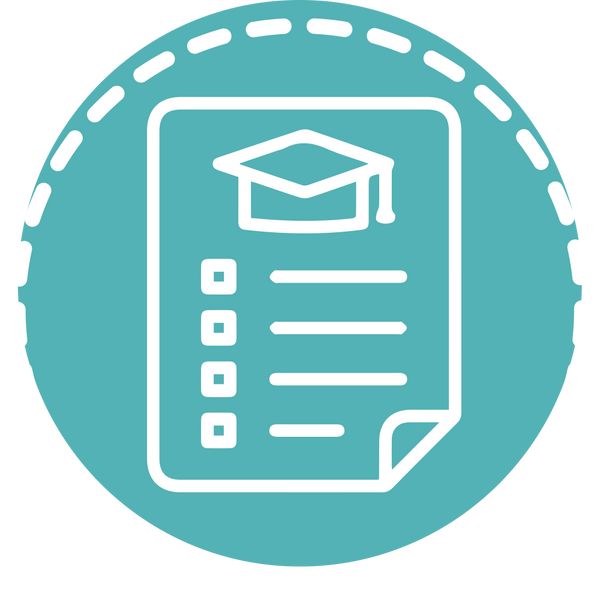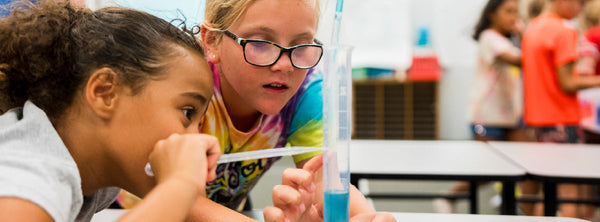
4 Ways to Personalize Learning with STEAM
Picture this: a classroom buzzing with excitement. Students are deeply engaged, exploring STEAM concepts in ways that truly click with them. That's the magic of personalized STEAM learning! But as educators know, achieving this magic can be tricky. Juggling diverse learning styles, limited resources and student engagement is a challenge.
That's where these strategies come in!
- Ditch the one-size-fits-all approach.
- Create experiences where learners take charge of their learning.
Ready to make this a reality? Let's dive into four awesome strategies:
1. Real-World Problem-Solving
Want to make learning stick? Connect it to the real world!
When learners grapple with authentic challenges, they're not just memorizing facts—they're building skills they can actually use in their lives.
📌 Think about:
- Designing disaster-resistant structures.
- Creating sustainable solutions for real-world problems.
- Exploring the science behind their favorite sports.
🏆 This hands-on, problem-solving approach:
- Deepens understanding.
- Allows learners to bring their own unique perspectives and experiences to the table.
- Fosters a sense of ownership and relevance.
PCS Edventures’ Build a Better World program for Grades 4-6 brings this concept to life, challenging learners to develop innovative solutions for structural design problems caused by natural disasters.
⭐⭐⭐⭐⭐
Teacher at Daniel Boone Elementary School
Students Loved This Course!
“The students loved this course. I had several comments from parents about how much their child loved this class. Some parents even said their students were building things and talking about their day and what was done in class.”
2. Incorporate Technology
Technology is everywhere and learners love it! Embrace it as a tool for creative expression, communication and deeper learning.
📌 Imagine learners:
- 🤖 Building their own robots.
- 📹 Producing their own videos.
- 🎤 Creating original podcasts.
🏆 Why is tech so powerful in STEAM?
- Engagement Boost: Interactive simulations, games and virtual reality experiences can grab learners' attention and make learning more fun.
- Real-World Connections: Technology allows learners to connect with experts, explore real-world data and see how STEAM concepts are applied in various careers.
- Personalized Learning: Adaptive learning platforms and software can tailor instruction to individual needs and learning styles.
- Collaboration and Communication: Technology facilitates collaboration, allowing learners to share ideas, work on projects together and connect with peers.
By incorporating technology into STEAM learning:
We're not just teaching technical skills—we're empowering students to bring their ideas to life and become true innovators.
And don't forget about digital citizenship!
Guide students on how to be safe, responsible and kind online. Our Influencer Camp program is a fantastic resource for this!
Featured Products:
3. Differentiated Instruction
Every student is unique! Personalized STEAM learning means creating a space where all students can thrive.
One powerful way to differentiate is through flexible student grouping:
📌 Mix It Up: Go beyond whole-class instruction. Try:
- Small Group Collaboration: Encourage peer learning.
- Individual Exploration: Let students explore their interests.
- Ability Grouping: Group students by skill for targeted instruction.
- Interest-Based Grouping: Let students choose groups based on shared passions.
Want to learn more about effective grouping strategies? Check out Student Grouping Strategies to Maximize Student Engagement.
📌 More Differentiation Tips:
- Open-Ended Projects: Offer projects with multiple entry points and solutions.
- Flexible Tools: Provide a variety of materials and resources to cater to different learning styles.
- Scaffolding and Support: Offer individualized support and guidance as needed.
The goal?
🏆 A learning environment where everyone feels challenged and supported.
4. Leveraging Student Choice
Want to boost motivation? Give them choices!
Give learners a say in their learning! When learners have choices, they become more invested.
📌 How?
- Allow them to choose their project topics.
- Let them select the materials they want to use.
- Have them decide how they want to demonstrate their learning.
🏆 By fostering student agency:
- We personalize the learning experience.
- We nurture essential skills like self-direction and problem-solving.
- We foster a sense of ownership.
You can find great examples of this in programs like our Build a Better World and Influencer Camp. For example:
In Build a Better World, learners engage in the design process to develop creative solutions to engineering challenges. Guided by thoughtfully chosen parameters, they have the flexibility to explore ideas and express their creativity through problem-solving.
Learners in Influencer Camp are challenged to develop their personal brand statement, emphasizing their core values and empowering them to express their opinions and build confidence.
Personalized STEAM learning is....
- Putting learners at the center.
- Creating experiences that light their fire!
By using these strategies, you'll build a learning environment where everyone thrives. Want to see these strategies in action? Check out our innovative STEAM programs and let's inspire the next generation of innovators together!
How do you personalize learning in your STEAM Program?
Share your ideas in the comments below.

Author: Carolyn Gilberti
With over ten years experience teaching art and library, Carolyn champions hands-on, project-based learning. Her passion lies in fusing art, technology and science to create powerful connections for learners.






